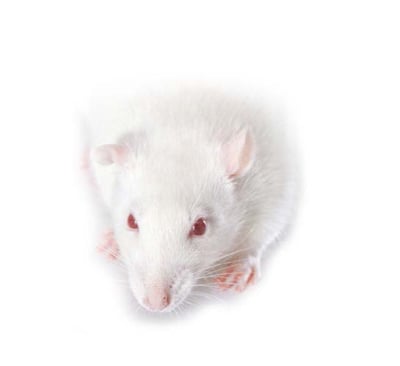PXR knockout rats
HsdSage:SD-Nr1i2em1Sage

Strain
Location
Order Today
Typically heterozygous rats are cryo-recovered in 10-12 weeks to an age of 7 weeks old. Subsequently homozygous rats to an age of 7 weeks old can be produced within 20-22 weeks.
- Background strain: Sprague Dawley
- Biallelic 20 bp deletion within Nr1i2 gene
- Lacks induction of Cyp3a1
Availability: Cryopreserved as heterozygous embryos
Zygosity: Homozygous as live colony
PXR is involved in the induction of cytochrome p4503A (Cyp3a) and is abundantly expressed in the liver and intestine. This model is useful for studying metabolism of xenobiotic compounds and hepatotoxicity.
The activation of nuclear receptors, including the Pregnane X Receptor (PXR) and the Constitutive Androstane Receptor (CAR), is a common Mode of Action (MoA) for chemicals that exhibit non-genotoxic hepatocarcinogenicity in rodents. Conversely, the activation of the human PXR and/or CAR receptors is not believed to result in a carcinogenic response. Therefore, if a compound causes liver tumors in rodents, or if studies demonstrate that the compound is a nuclear receptor agonist, it is critical to unambiguously demonstrate the role of specific nuclear receptors in the rodent response, for example by using PXR or CAR KO rats. CXR has extensive experience of working with global pharmaceutical, chemical and agrochemical companies to demonstrate the absence of human relevance for nuclear-receptor mediated carcinogenicity.
Origin: The PXR/CAR KO rat model was originally created at SAGE Labs, Inc. in St. Louis, MO and distributed out of the Boyertown, PA facility. The line continues to be maintained through the original SAGE Labs animal inventory acquired by Envigo, then Envigo was acquired by Inotiv in 2021.

Available regions:
For pricing information, please contact us using the phone number above.

Research use and related publications
- ADMET
- Cholestasis
- Cytochrome p450 pathways
- Drug metabolism
- Hepatotoxicity
- Xenobiotic





